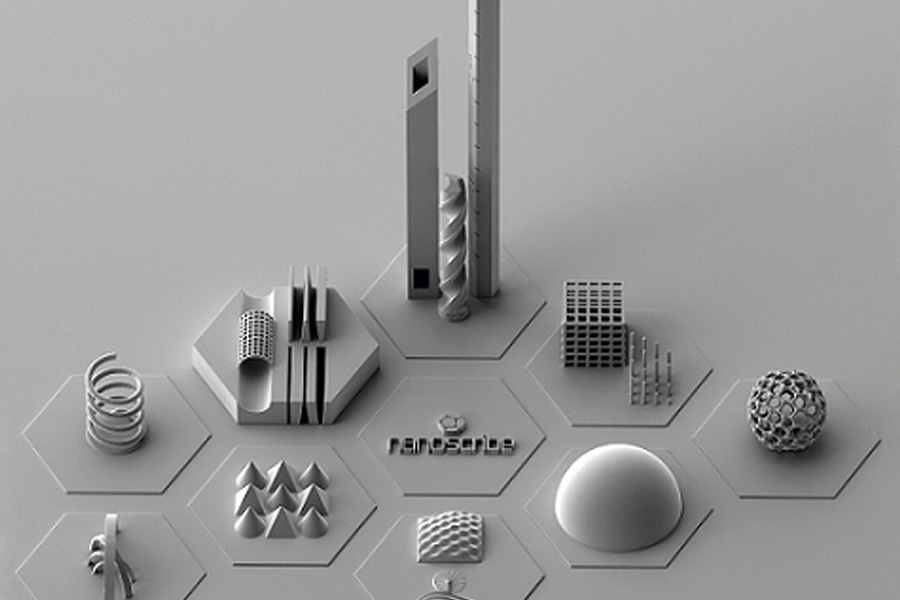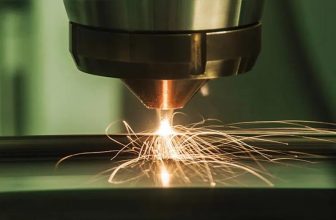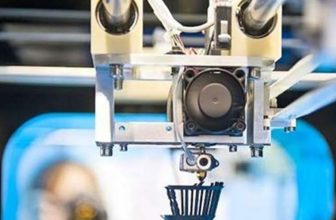
As part of the 3D printing metamaterial series, this article will continue to discuss nano 3D printing technology. According to 3d-printing-china.com, nano 3D printing technology is dedicated to printing special nano-scale biomedical and electronic devices, which are usually used for research purposes. Currently, researchers are studying how to achieve macroscopic physical property changes by printing microscopic objects.
An early project to explore these possibilities was developed by Lawrence Livermore National Laboratory (LLNL). They used a projection microlithography technique (PμSL) to create a structure that could support 10,000 times its own weight. Components. As with most metamaterials we explore in this series, the key to this profound power lies in the geometry of the structure.
LLNL materials engineer Chris Spadaccini’s statement is very succinct: “The properties of our microstructured materials are determined by their microscopic geometrical layout, not by their chemical composition.”
In order to create the microlattice structure, the LLNL team used a system to project the ultraviolet light of the LED onto a micromirror. The micromirror reflects the light through a series of optical elements, reduces the size of the beam, and projects it to the photopolymerization system。 On the material slot. The researchers tested various lattice geometries and found that the stiffness and strength of the microcrystalline structures depend on their density.
Although polymer resin is their basic material, the research team can create a metal and ceramic micro-lattice structure by adding metal and ceramic materials to the resin, and then using heat to burn off the polymer. The resulting object is stronger while maintaining an extremely light weight.
Based on this research, LLNL expands it in various ways. For example, LLNL applies this technology to research how to use metamaterials and 3D printing to optimize the design of helmets. The laboratory compared traditional elastomeric foam materials with metamaterials composed of micro-thin layers of 3D printed polymers and determined that 3D printed polymers age more slowly than traditional elastomers; however, 3D printed elastomers are better than non-printed elastomers. The elastomers age faster. Other studies have explored copper-polymer composites that shrink when heated.
Lawrence Livermore National Laboratory researcher Cheng Zhu and former laboratory postdoc Wen Chen created an ink composed of gold and silver particles. After printing, the 3D part is heated to condense the particles into a gold-silver alloy. These parts are placed in a chemical bath to remove the silver (a process called “dealloying”) to form porous gold. Image courtesy of LLNL.
Currently commercially available companies producing nano-printing systems include Nanoscribe, BMF (Mofang Materials), Microlight3D, Boston Micro Fabrication, Cubicure, UpNano, and Swiss Litho AG.
However, even these nano-scale systems can be developed in a more refined direction. Researchers at the Max Planck Institute for Optical Science have developed a method described as a prelude to atomic printing. This technology couples light with a single atom or a single nanoparticle in a parabolic mirror, thereby realizing the clipping of light waves.
Then, the space-time distribution of light and the polarization vector or oscillation direction of the electric field can be focused on the object on a scale smaller than the wavelength of the light itself. The team has used this method to create nanostructures with unique characteristics, and believes that it is possible to trap individual atoms with a laser beam, thereby constructing structures with strange atomic precision.
Nano- and micro-scale 3D printing may be very helpful in processing the microscopic world of cells, but most of the content of this research is for subsequent applications on the macro-scale. Therefore, various scientific teams are working hard to produce these nano-scale objects and then deploy these nano-scale objects outside the laboratory. Researchers at Virginia Tech are studying how the behavior of structured materials changes when scaled up by seven orders of magnitude. Going beyond two-photon polymerization, the team created metal parts tens of centimeters in size composed of nano-scale hollow tubes, proving that its tensile elasticity is 400% higher than similar products without structured nano-features.
LLNL itself has been committed to combining nanoscale printing with traditional stereolithography through large-area projection microscopic stereolithography, thereby expanding the scale of nanoprinting. Its inventor Bryan Moran described it like this: “The LAPμSL system is conceptually similar to building a mosaic and then combining it into a larger picture. Each tile has many details, and they are combined to form a picture. , And in turn there will be more details. “This is a new tool that can make larger parts very quickly and is more useful. “





